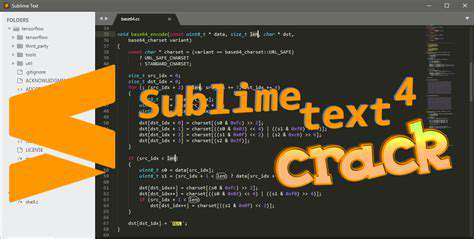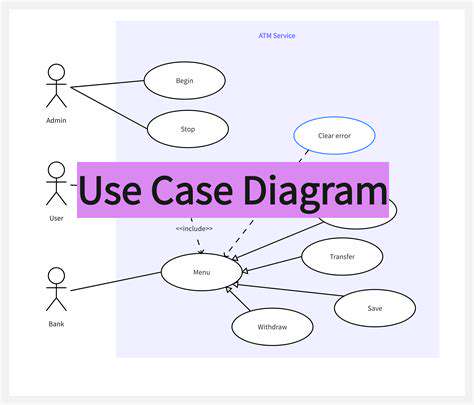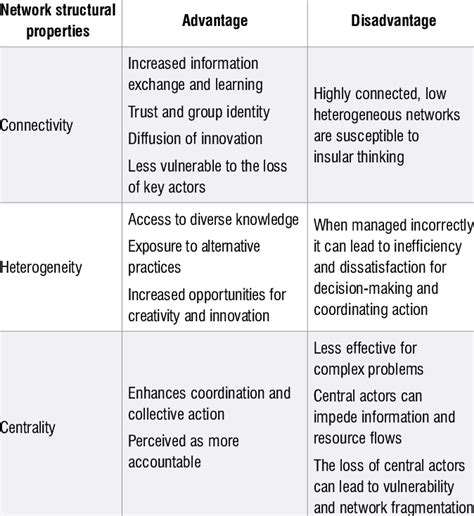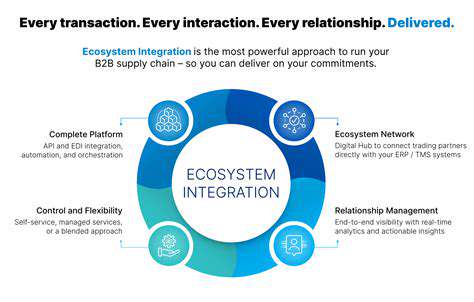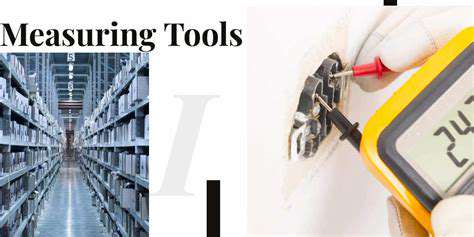How to Protect Against IoT Botnets
Identifying vulnerable Internet of Things (IoT) devices is paramount for securing a network and preventing potential cyberattacks. These devices often lack robust security measures, making them easy targets for malicious actors. Understanding the vulnerabilities specific to each device type is crucial for targeted defense strategies. Knowing where and how these devices are used in your environment is also key in mitigating risks.
Common Vulnerabilities in IoT Devices
Many IoT devices share common vulnerabilities, often stemming from outdated firmware, weak default passwords, and lack of security updates. A significant concern is the potential for remote code execution, which allows attackers to take control of the device and potentially access sensitive data. This type of attack can be devastating for businesses and individuals alike, enabling the theft of valuable information. Furthermore, devices lacking proper authentication mechanisms increase the risk of unauthorized access.
Importance of Regular Device Updates
Regular firmware updates are essential for patching security flaws and improving device functionality. Failing to update these devices leaves them open to known exploits, rendering them vulnerable to attacks. Many manufacturers release updates to address identified vulnerabilities, and these updates should be installed promptly. Neglecting updates can quickly create a security gap within your network.
Network Segmentation and Isolation
Network segmentation and isolation can significantly limit the impact of an attack. By separating vulnerable IoT devices from critical systems, you create a barrier that prevents attackers from easily spreading to other parts of your network. This approach minimizes the potential damage from a successful breach, creating a more secure environment.
Using Strong Passwords and Authentication
Employing strong, unique passwords and robust authentication methods is crucial for protecting IoT devices. Weak passwords are a common entry point for attackers to gain unauthorized access to devices. Implementing multi-factor authentication adds another layer of security, making it harder for malicious actors to penetrate the system. Using default passwords is a major security risk.
Regular Security Audits and Assessments
Regular security audits and assessments are necessary to identify vulnerabilities and assess the effectiveness of your security measures. These assessments can help identify potential weaknesses in your network's security posture, allowing you to take corrective actions before an attack occurs. Regularly testing and evaluating security measures is vital for maintaining a strong defense against emerging threats. This helps to spot potential issues before they escalate into major problems.
Physical Security Measures
Physical security measures, while often overlooked, can play a significant role in protecting IoT devices. Protecting physical access to devices can prevent unauthorized access and tampering. Secure physical environments are an important part of a holistic security strategy. Consider factors like device placement, access controls, and environmental conditions when implementing physical security measures. Secure storage and handling of devices are also essential.
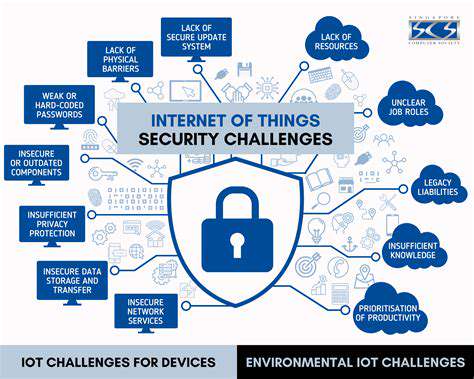
Staying Informed and Up-to-Date on Security Threats
Understanding the Scope of IoT Botnets
IoT botnets represent a significant and evolving threat landscape. These networks of compromised internet-connected devices, from smart refrigerators to security cameras, can be harnessed by malicious actors for a variety of nefarious purposes. Understanding the scale and potential impact of these botnets is crucial for developing effective defense strategies. The sheer number of vulnerable devices constantly being added to the internet ecosystem means the attack surface expands exponentially, creating a larger pool of potential targets for malicious activity.
The diversity of devices involved also complicates matters. Each device type has unique vulnerabilities, requiring tailored defense mechanisms. This complexity makes it essential to stay informed about the latest threat vectors targeting different IoT devices, and to adapt security measures accordingly.
Identifying Potential Entry Points
Understanding how these botnets operate is critical to proactively identifying potential entry points. Malicious actors often exploit vulnerabilities in outdated firmware, weak passwords, or default configurations. Identifying these vulnerabilities in your own network and addressing them promptly is paramount in preventing compromise.
Often, the initial infection vector is a compromised device within the network. This device then serves as a springboard for the attacker to expand their reach, potentially infecting other devices and disrupting network operations. Regularly checking for unusual activity on your network is a key step in detecting these early signs of a possible botnet infection.
The Importance of Regular Updates and Patches
Maintaining up-to-date software, firmware, and operating systems is a cornerstone of IoT security. Manufacturers frequently release patches to address newly discovered vulnerabilities. Failing to apply these updates leaves devices vulnerable to exploitation by attackers, who can easily leverage known weaknesses.
Implementing Robust Access Controls
Strong passwords and multi-factor authentication are essential for securing access to your IoT devices. Default passwords should be immediately changed, and strong, unique passwords utilized for all accounts. Restricting access to devices and networks to authorized users is also a crucial step in preventing unauthorized access and potential compromise.
Monitoring for Suspicious Activity
Actively monitoring your network for unusual activity is crucial to detect potential botnet infiltration. Look for unusual traffic patterns, unexpected device behavior, or any signs of compromised devices. Implement intrusion detection systems and regularly review logs for anomalies.
Monitoring your network is not a one-time task. Continuous monitoring is vital. By continuously monitoring your network, you can detect and respond to threats more quickly, minimizing the potential damage caused by a botnet attack.
Enhancing Security Through Education and Awareness
Educating users about the risks of IoT botnets is essential. Emphasize the importance of strong passwords, regular updates, and recognizing phishing attempts. Promote a culture of security awareness within your organization to create a layered defense system. This education should extend to all users, including those responsible for managing and maintaining IoT devices.
Raising awareness among users about the potential risks associated with IoT devices and botnets can significantly contribute to a stronger overall security posture. This includes educating users on how to identify and report suspicious activities, and how to protect their own devices from compromise.
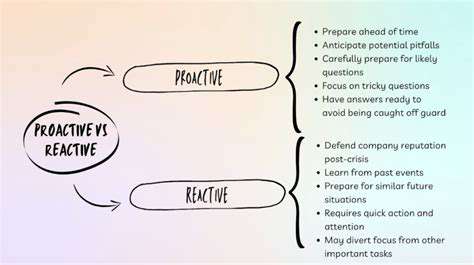
![Best Password Managers Compared [Security & Features]](/static/images/25/2025-05/AdditionalFeaturesandUserExperience.jpg)




